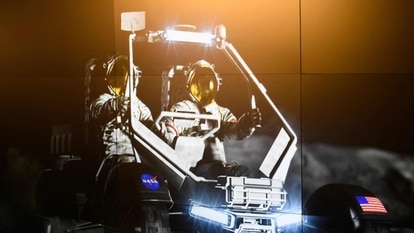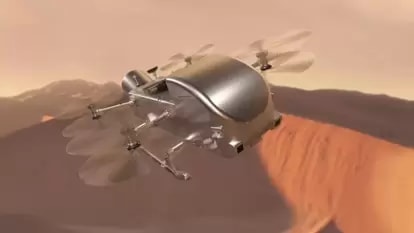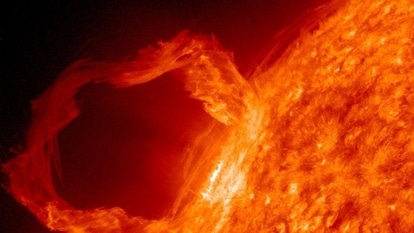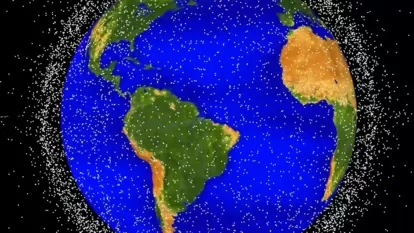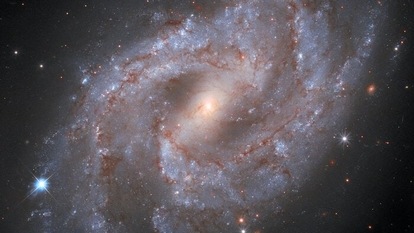NASA launched a microwave oven-sized craft to the Moon!
NASA’s tiny spacecraft CAPSTONE was launched on Tuesday from New Zealand.
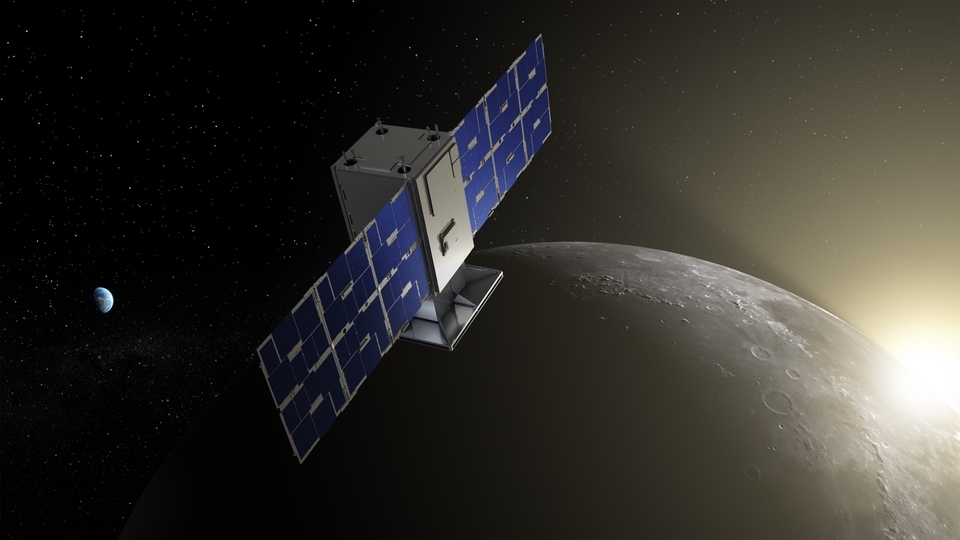

NASA has launched a tiny spacecraft from New Zealand on Tuesday to take its first steps toward building an orbiting space station around the moon. Dubbed as CAPSTONE, the spacecraft is nearly the size of a microwave oven. It is likely to study a specific orbit where the US space agency is planning to build a small space station for astronauts to live and move back and forth to the moon's surface.
The CAPSTONE was launched at 9:55 pm local time (5:55 a.m. Eastern time), on a 59-foot-tall rocket from the eastern coast of New Zealand. Although the spacecraft is sent for NASA's mission, it is owned and operated by a private company, Advanced Space, based in Westminster, Colorado. As per the details shared by Rocket Lab, a 55-pound microwave oven-size satellite has been sent on one of its light-lift Electron rockets. The satellite is the first spacecraft to ever fly in a so-called "near rectilinear halo orbit" around the moon. CAPSTONE will reportedly provide data to NASA to confirm its mathematical models for building its Gateway outpost in a near-rectilinear halo orbit around the moon.
What does CAPSTONE stand for?
CAPSTONE stands for Cislunar Autonomous Positioning System Technology Operations and Navigation Experiment. It will collect data to help NASA send astronauts back to the moon. The US space agency is planning to set up a Gateway, a small space station around the moon making it easier for astronauts to reach more parts of the moon. The outpost will be built in what is known as a near-rectilinear halo orbit.
Halo orbits are influenced by the gravity of two Earth as well as the moon making it highly stable, and minimizing the amount of propellant needed to keep a spacecraft orbiting the moon.
The gravitational interactions in halo orbit also keep it at about a 90-degree angle to the line-of-sight view from Earth and that's why it's called near-rectilinear orbit.
Catch all the Latest Tech News, Mobile News, Laptop News, Gaming news, Wearables News , How To News, also keep up with us on Whatsapp channel,Twitter, Facebook, Google News, and Instagram. For our latest videos, subscribe to our YouTube channel.



